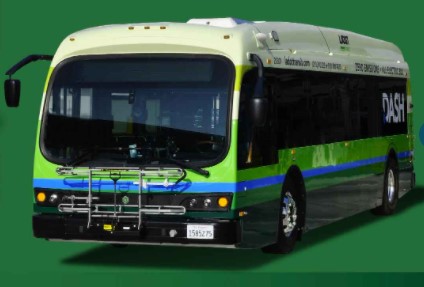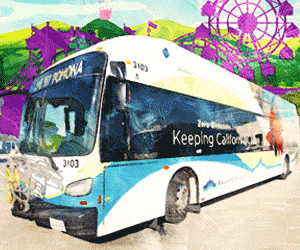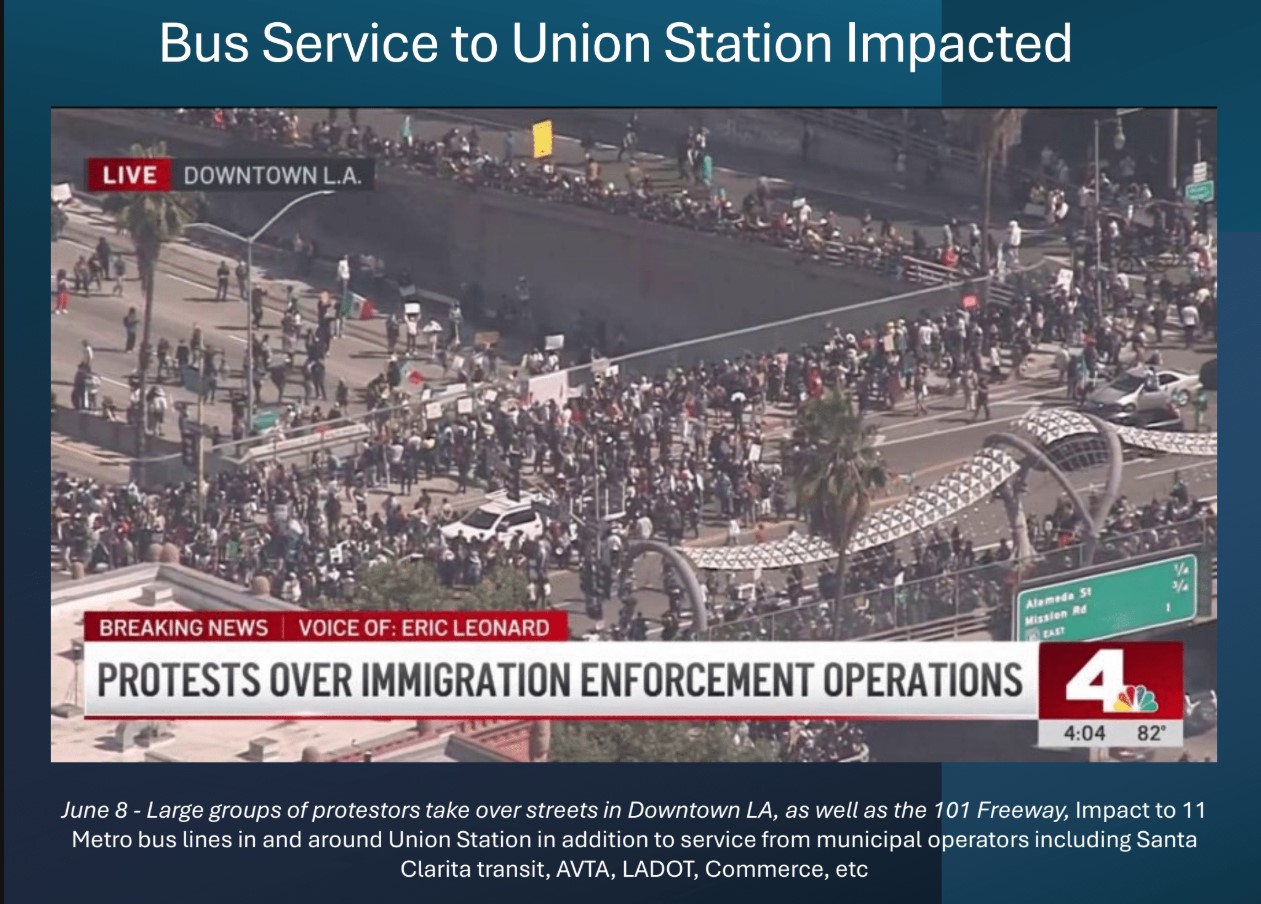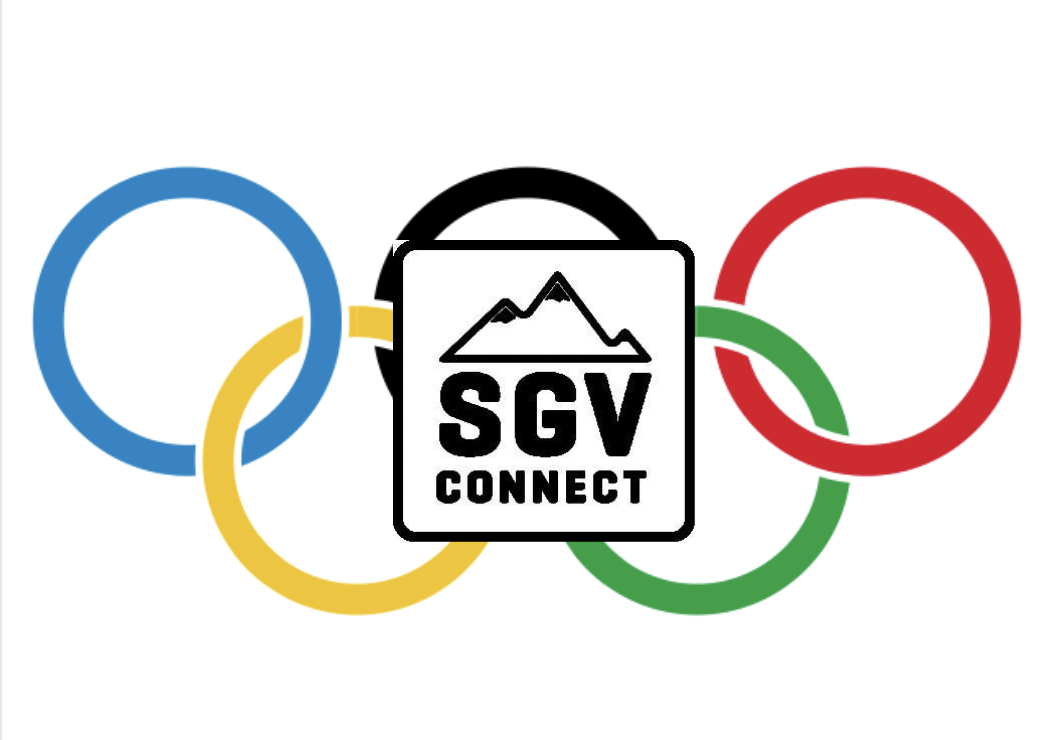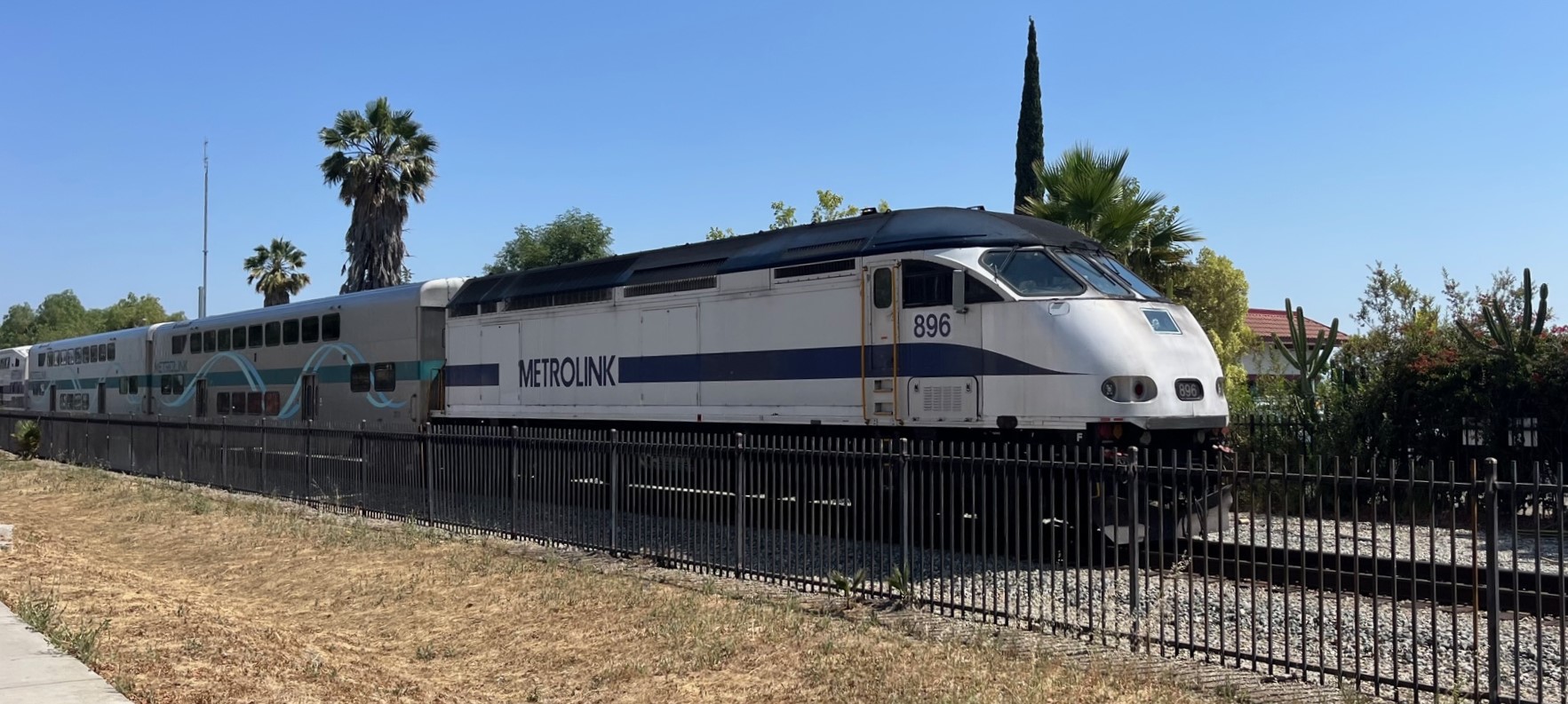At the annual meeting of Southern California Transit Advocates last month, one of the participants pointed out that no further public hearings will be held on L.A. Metro’s service restructuring program NextGen, as the entire slate of service changes had been approved by the Metro Board in October 2020. As NextGen implementation rolls out over three consecutive service adjustments (December 2020, June 2021, and December 2021), the role of advocates will be to monitor and evaluate. For instance, they will need to keep an eye on the NextGen Bus Speed Engineering Working Group, for which a status report was released at this month’s Metro Board Operations Committee meeting.
The rule of thumb is to allow at least a year to pass after service changes are made before adjustments, if any, are undertaken. Right now, ridership trends have additional uncertainties from the COVID-19 pandemic. Anthony Fauci, director of the National Institute of Allergy and Infectious Diseases, was recently quoted as saying that “normality that is close to where we were before” is possible by the end of this year. That timeline may well push any formal NextGen reevaluation to the end of 2022 or even later.
I have qualms about some of the NextGen service changes, as I outlined in my commentary last month, A Look at Phase One of Metro NextGen Bus Service Reorganization.
In that earlier post I expressed concerns regarding Metro Route 51, to wit:
Having Route 51 end in downtown and no longer serve 7th Street west of downtown Los Angeles [creates] passenger inconvenience. Metro is still going to do it, but has arranged to have Downtown DASH route E be extended west to Alvarado as an option for those needing to travel to City West or Westlake. Nice try, but the E already has healthy ridership and likely no spare seats for the Route 51 patrons dumped off in downtown. Also, one of the alternatives the proposal offered was parallel services on Wilshire (20) and 8th St. (66). Except now the 20 is being re-routed into downtown Los Angeles via 6th Street and therefore not useful for someone traveling in the 7th Street corridor. Plus the 66, like the DASH E, is a busy bus with few spare seats. Maybe all these difficulties will convince staff to reconsider?
As I have already noted, however, reconsideration doesn’t seem likely.
But perhaps a small beneficial tweak is possible - especially as the approved NextGen changes to the 51 and DASH Route E have not been implemented yet.

In a flash of insight, I realized that the wrong DASH route was chosen to serve the 7th Street corridor to Alvarado. Instead of DASH Route E, it is Route A that should be extended.
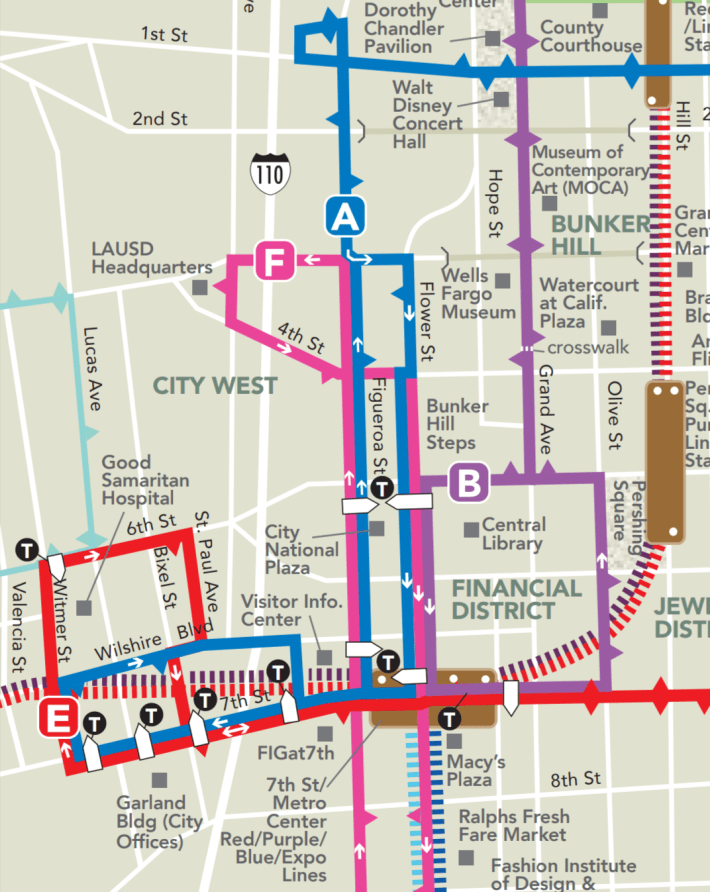

DASH Route A currently operates westbound on 7th from Flower to Witmer before turning to serve a portion of Wilshire eastbound. At Flower/7th many DASH Route A riders disembark to continue their trip via the rail lines that serve 7th/Metro station below the street. Ridership along the 7th Street segment is very light (I have ridden DASH Route A many times and can attest this is true even during peak hours) - which means it has empty seats that could accommodate the route 51 riders wishing to go west of downtown.
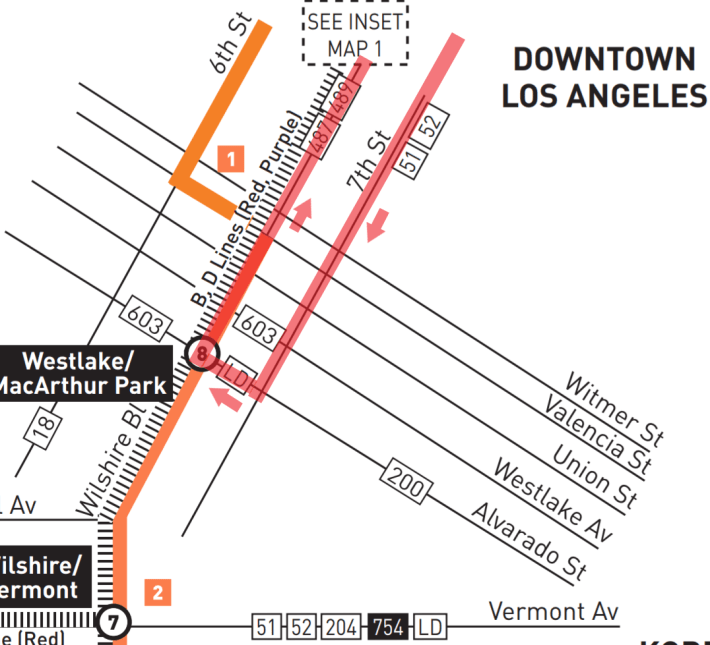
Having the DASH Route A extend to Alvarado also means that, on its return along Wilshire, it would connect with Metro Route 20, which it currently does not (transferring from the 20 to Route A involves walking two long blocks from Union to Witmer along Wilshire).
One aspect of this that I glossed over in my original comments is that this involves interagency cooperation, as DASH is not operated by Metro. It is a service of the Los Angeles Department of Transportation (LADOT.) The Route 51/DASH E arrangement appeared in the NextGen proposal fairly late in the process. I would speculate Metro staff recognized the last minute decision to re-route Metro Route 20 negated it as a reasonable alternative for the 7th Street corridor, and LADOT was amiable to extending the E. I further would speculate LADOT is not doing this solely out of the goodness of its heart and that some sort of subsidy by Metro of the additional cost the extension entails may have been arranged. Hopefully a switch of which DASH route is being extended would be agreeable on LADOT's part.
And that is my modest proposal. It would improve passenger convenience while not costing any more than what is currently planned. To promote the idea beyond this post, I will use my sixty seconds of general public comment at Thursday's Metro Board meeting to share the gist and point to this piece for more details. Also, I plan to comment at Wednesday’s meeting of Metro’s Citizen Advisory Council and at next month’s meeting of the Westside/Central Service Council - just to cover all the bases.
